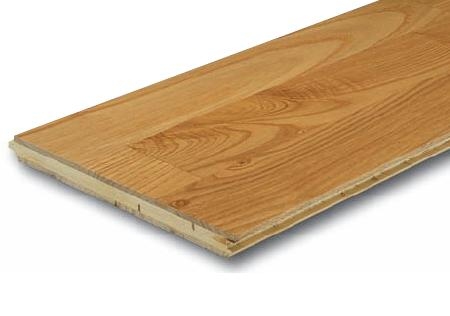
Parket spada med lesene talne obloge. Po debelini je lahko iz enega dela lesa (klasični parket) ali pa iz več slojev, ki so zlepljeni skupaj (dvo ali večslojni parket).
The upper (walking) layer is always made of solid wood with a minimum thickness of 2,5 mm. The surface treatment can be done at the factory (prefinished parquet) or treated after laying on the concrete. Parquet surfaces are different to the touch: smooth, brushed, grinded, with sharp edges, microbeveled etc. Surface treatment with varnishes, oils, waxes, etc. Different surface treatments require different maintenance. Wood flooring is installed either by gluing or floating (like laminate).

Of the pre-finished parquets, the most commonly used are two-layer and three-layer (panel) parquet. The basic difference between them is in their composition, dimensions and in method of installation. Both are suitable for underfloor heating, as long as the appropriate type of wood (for example: oak, ash) is used and if the thickness of the flooring does not exceed 15 mm. The composition of parquet is also important as the quality of bottom layer of parquet significantly affects the dimensional stability of the parquet.

2-layer parquet

3-layer parquet (3-strip)

3-layer parquet (1-strip)
Among the unfinished parquets most commonly used are: solid wood parquet, mosaic parquet elements, vertical/wide finger solid parquet, lam parquet and hardwood boards. This kind of parquet is made from a single piece of solid wood in total thickness, but they differ in the size and thickness of the strips. Most unfinished parquet can be laid over underfloor heating up to 27 C ͦ C, but their thickness should not exceed 15 mm. Solid wood parquet elements are usually less dimensionally stable compared to multi-layer parquet. Surface treatment in factory is also becoming more common in this type of parquet.

solid oak parquet

mosaic parquet oak

industrial-techno parquet

solid wood plank